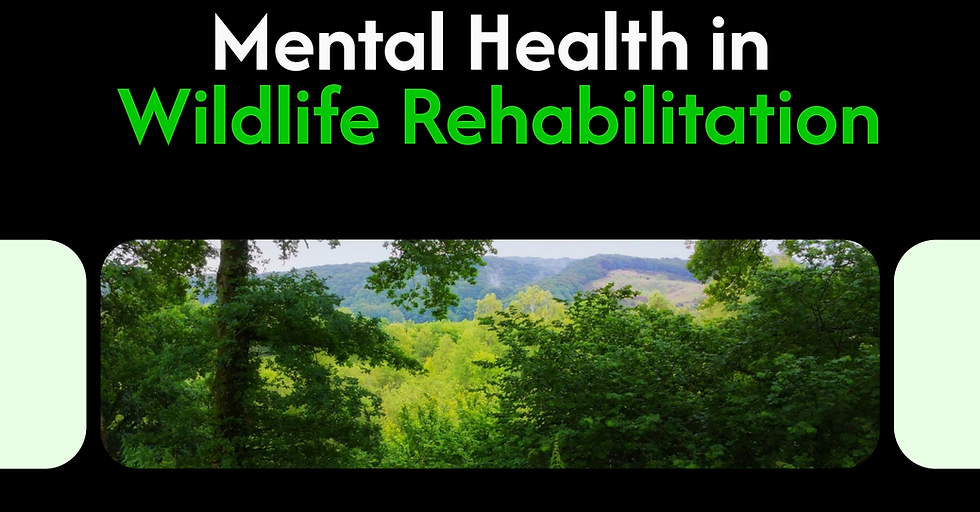Volunteering With Hoiho
- WReNNZ

- May 16, 2024
- 3 min read

Photo Supplied by Rosalie Goldsworthy - Penguin Rescue
In November of 2023, I was lucky enough to spend one week in Moeraki, North Otago, volunteering with the most endangered penguin species in the world.
I’ve always been a keen conservationist, particularly among native bird species. I work at the National Aquarium of New Zealand as a Bird Keeper, caring for kiwi and the little penguin; alongside this, I also volunteer with “Save Our Kaweka Kiwi”. Within these roles, I’m surrounded by passionate bird people who know other passionate bird people. This was a huge advantage for me. Bev Wilkinson knows me well, and, through WReNNZ had the contacts! I got in touch with Rosalie Goldsworthy, Manager at Penguin Rescue, and five months later, I was there, volunteering with the Yellow-Eyed Penguin. During this time of year, the penguins are nesting. For the trust, it meant lifting every single chick and taking them to the wildlife hospital in Dunedin. Sadly, for the YEP they're facing huge threats. Two viruses in particular a respiratory illness and diphtheria stomatitis. Statistics such as “chicks being left in the nest having between 60 – 70 % likelihood of dying” proved how dire the situation was and filled me with a huge desire to help.

Photo Supplied by Rosalie Goldsworthy - Penguin Rescue
At only two days old, their vulnerable little bodies weighed only around 150g, some with mouth lesions making it difficult to eat food from their parents and others that had abnormal breathing. If it were a human baby, an ambulance would have been called, but for the hoiho chicks, we were the first responders. It was our duty to uplift the hoiho chicks and deliver them to the Dunedin Wildlife Hospital as safely as possible. We were mothers to these little scraps of life for the one-hour drive to Dunedin Wildlife Hospital. They were placed in pairs in fleece bags and put into containers that sat on our laps. We were meticulous about the car temperature to suit the needs of our little ones; while some slept, others chatted away. On our busiest day, we had 18 chicks to deliver. As soon as we arrived, they were taken into intensive care, some in need of medical attention immediately. The vet team and accompanying volunteers would take over to examine the chicks and then go on to care for them until they were ready to go back to their home. Once they were around five days old, they would have grown over twice the size and be ready for a much more relaxed drive back home to be placed back in the nests with their parents. These little survivors would go on to live the rest of their lives in the wild.

Photos Supplied by Rosalie Goldsworthy - Penguin Rescue
Being in the presence of such an extraordinary bird was special to me; however, being part of an intensive survival strategy was a huge privilege. I’m so thankful to Bev for giving me a great review to get this opportunity, the National Aquarium, which supported me throughout volunteering and a huge thank you to the team at Penguin Rescue, Rosalie, Jan, Robbie, Murray, Bronwyn and Elaine for giving me such a wonderful experience in such a stunning spot of New Zealand. I will forever cherish this time.
Article written by
Amy Giddens – National Aquarium NZ






Comments